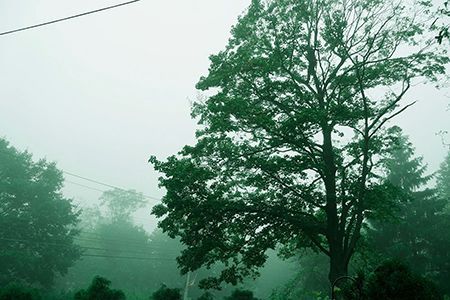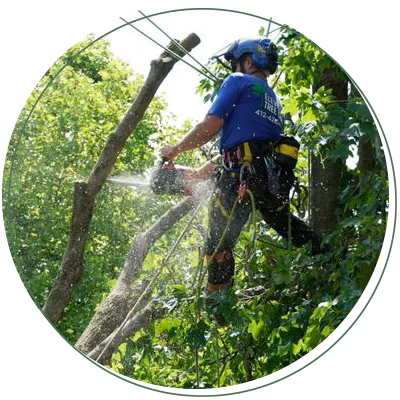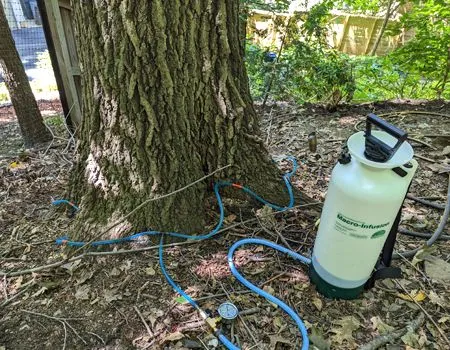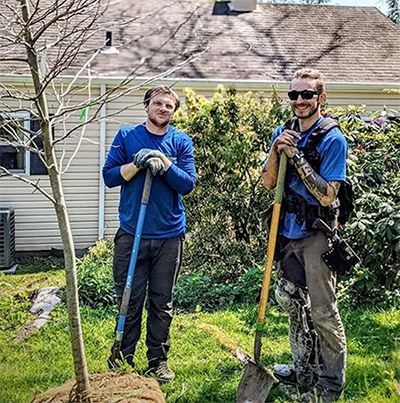Elevated Tree Care Blog
4 Signs That a Tree Is Creating a Safety Risk & You Should Call the Arborist
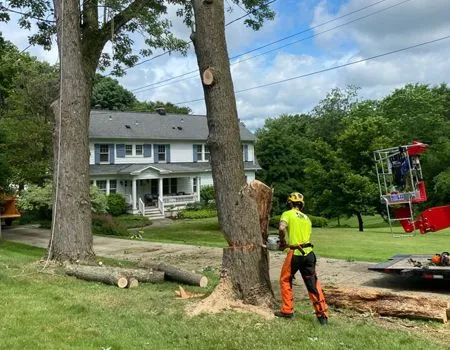
When large trees become compromised, they can pose a serious safety hazard. Whether due to disease or external damage, a hazardous tree can threaten your home, vehicles, and even personal safety. Identifying the warning signs early can help prevent accidents and costly damage. At Elevated Tree Care, we provide expert tree removal in the greater Pittsburgh, PA area. Here are four signs that a tree on your property may be a safety risk.
Leaning or Sudden Shift in Position
While some trees naturally lean, a sudden or worsening tilt can indicate structural instability. A tree that was once upright but is now noticeably leaning might have a weakened root system or shifting soil beneath it. Strong winds, heavy rain, or soil erosion can further increase the likelihood of the tree falling, making it important to address the issue promptly.
Large Dead or Falling Branches
A tree that is shedding large branches is a major red flag. Dead or dying limbs can break off unexpectedly, especially during storms or high winds, posing a serious danger to people and property below. If a tree has multiple dead limbs that appear brittle, it may be suffering from internal decay. Regular pruning and tree assessments can help mitigate this risk and keep your property safer.
Cracks/Cavities in the Trunk
A tree’s trunk serves as its main structural support, so any cracks, holes, or cavities should not be ignored. Deep cracks can weaken the tree, making it more susceptible to breaking apart. Large cavities may indicate internal decay, meaning the tree is no longer structurally sound. If you see peeling bark, hollow sections, or fungal growth on the trunk, these could be signs of significant internal damage that may require professional attention.
Fungal Growth at the Base
Mushrooms or other fungi growing at the base of a tree often signal root rot or internal decay. Since roots anchor the tree and provide stability, their deterioration can make the entire tree more prone to falling. Decayed roots can become very weak and unable to hold the tree upright in adverse weather conditions. If you notice an abundance of fungi, it’s best to have an arborist inspect the tree to determine its overall health.
Tree Removal in Pittsburgh, PA
When you need
tree removal in Pittsburgh and the surrounding area, contact Elevated Tree Care at
412.695.3545. Feel free to give us a call to request an arborist estimate in Pittsburgh!
